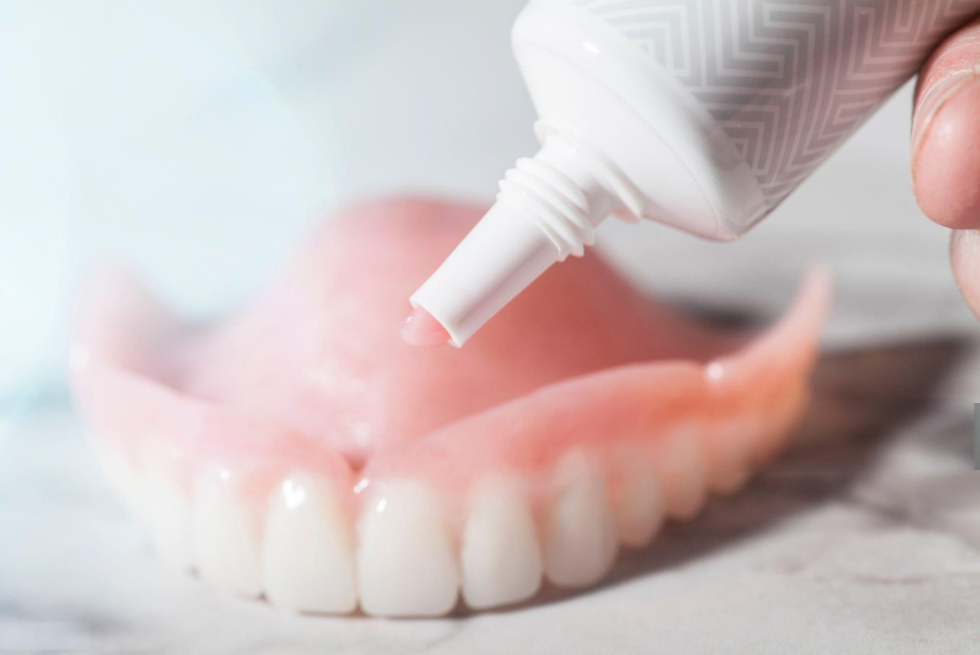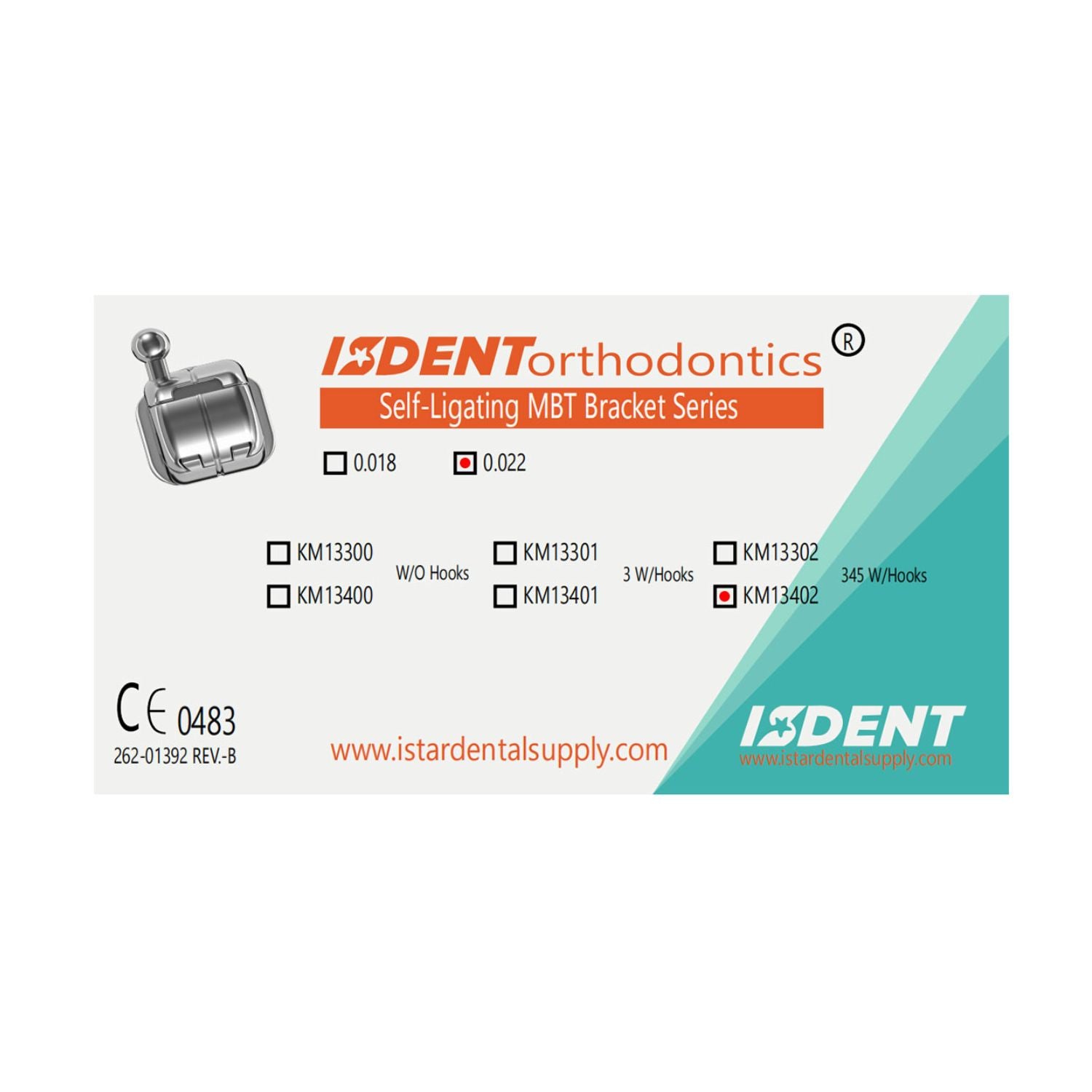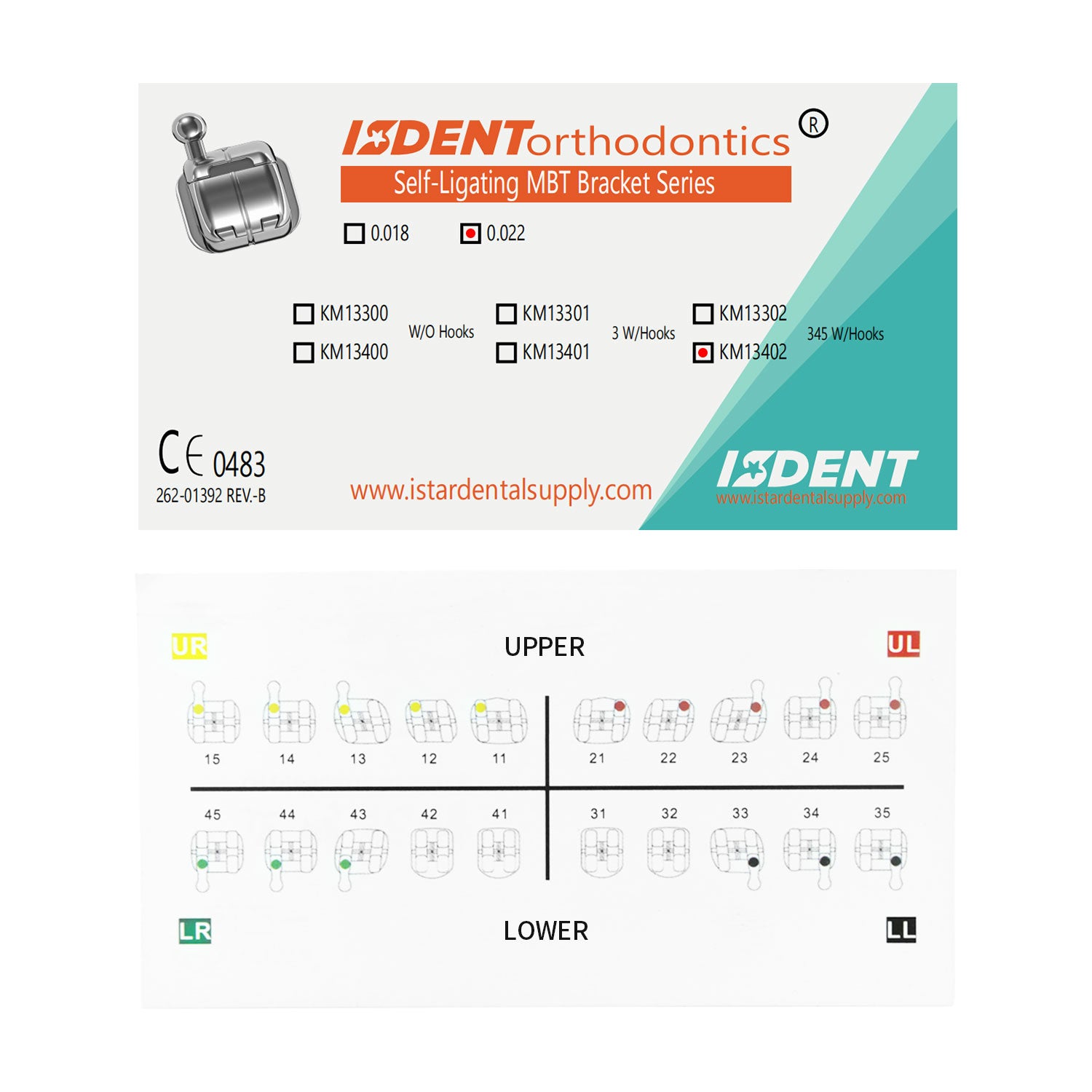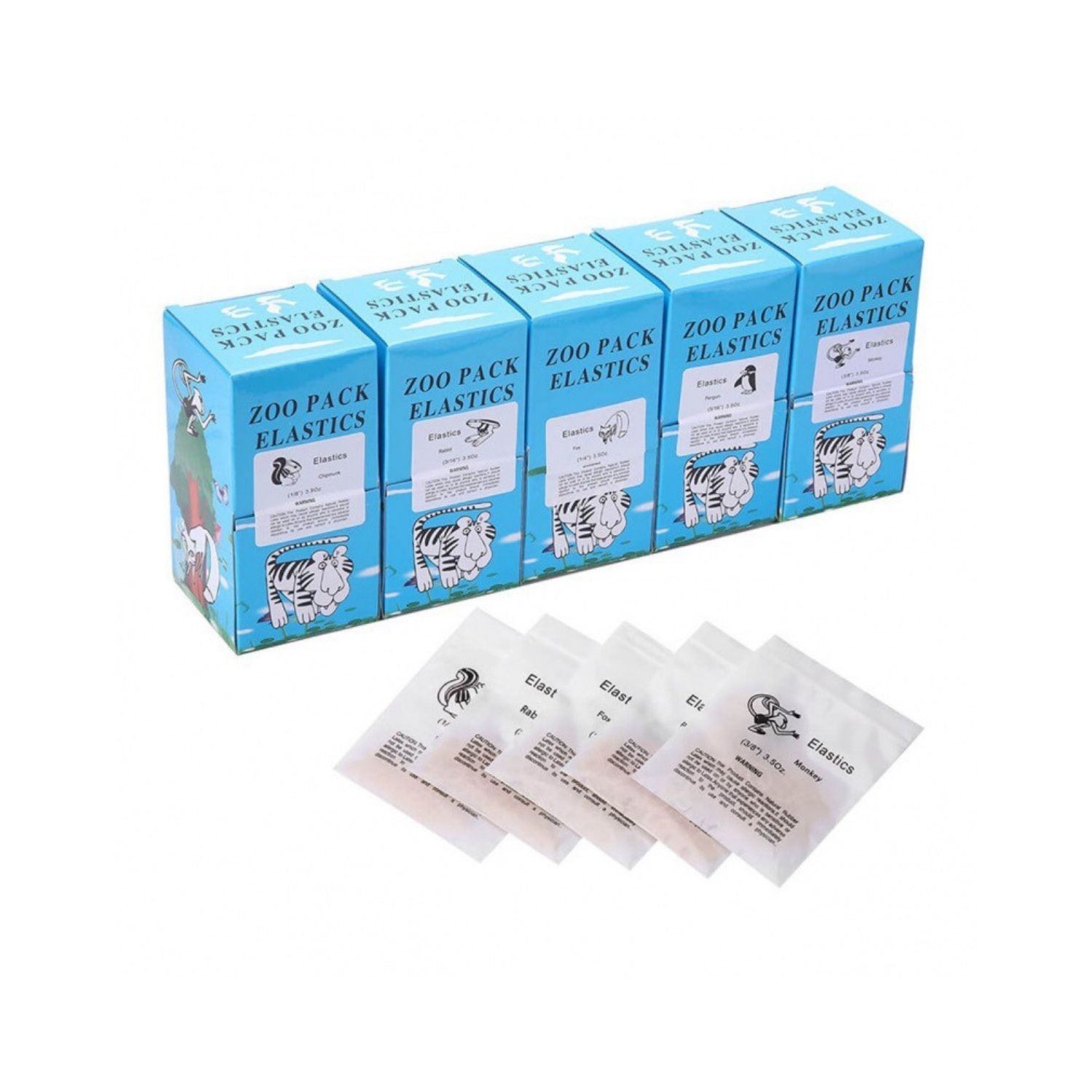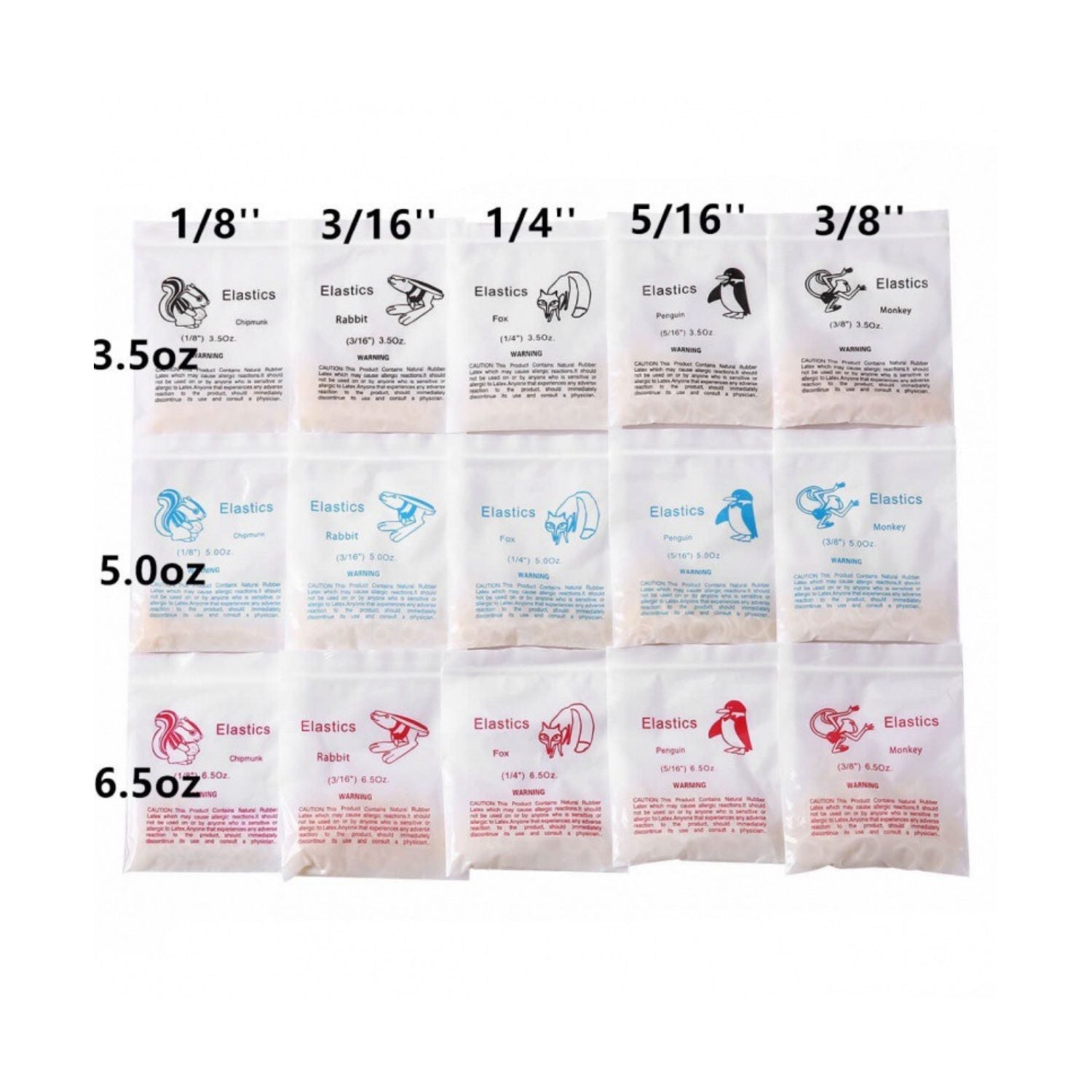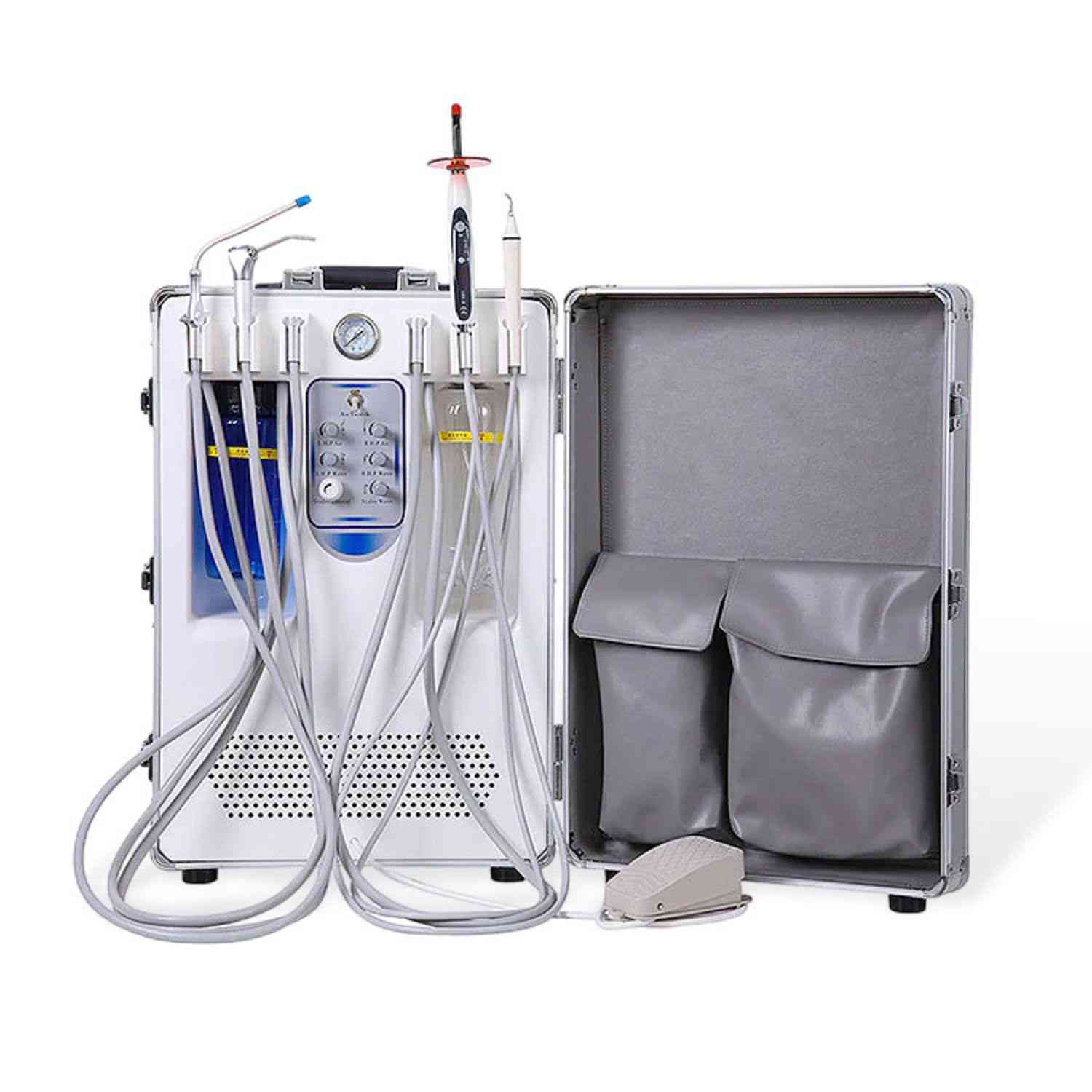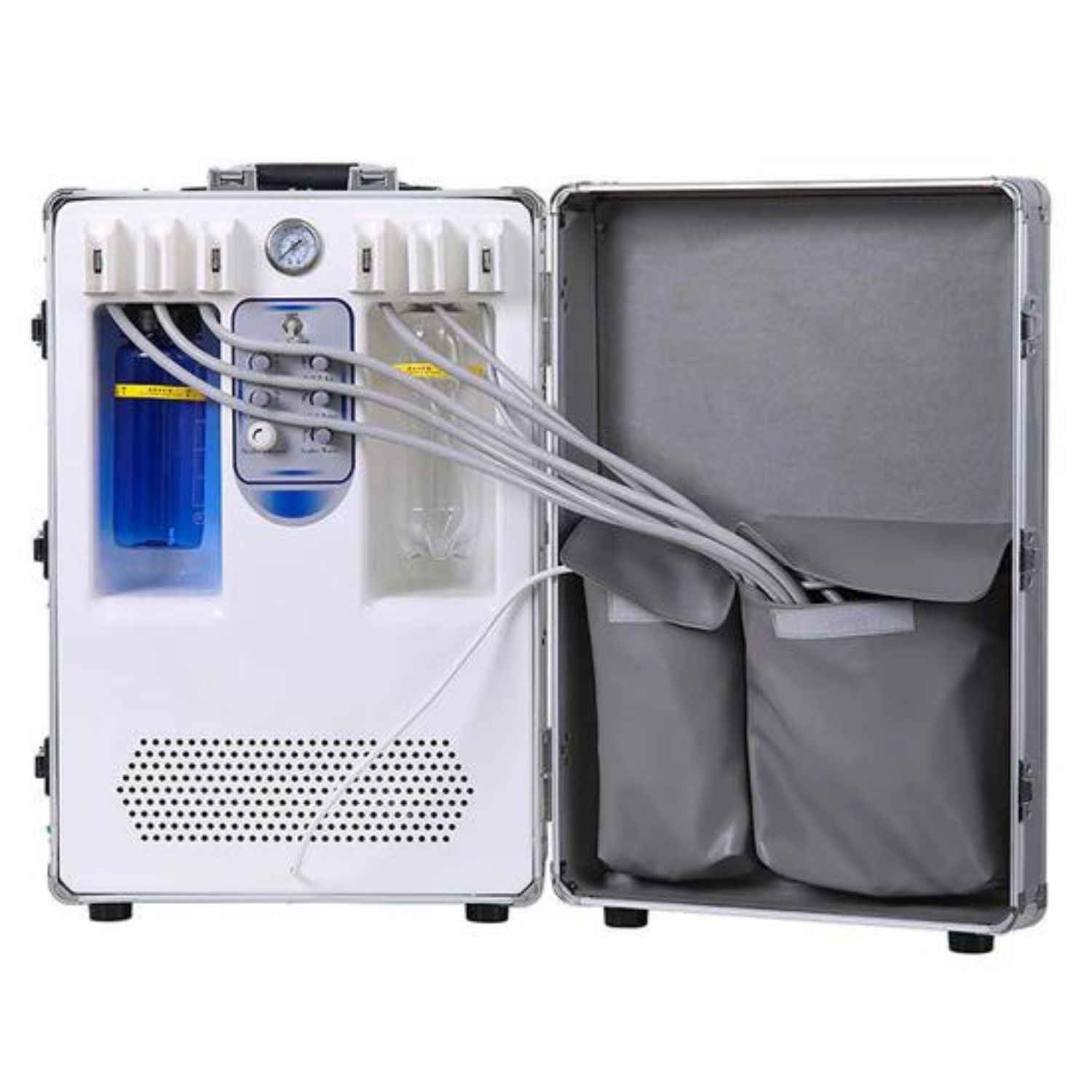How to Use Denture Adhesive: A Comprehensive Guide for a Secure and Comfortable Fit
This article provides a detailed guide on the proper use of denture adhesive, specifically targeting dentists, dental clinics, dental labs, dental hospitals, and dental schools. It covers everything from choosing the right type of adhesive to application and removal techniques, ensuring a secure and comfortable fit for all denture wearers. Whether you're a dental professional advising patients or a denture wearer yourself, this guide offers valuable insights and practical tips, making it worth reading.
1. What Are the Different Types of Denture Adhesives?
Denture adhesives come in various forms, each with its own advantages. The primary types include cream, powder, and strips. Choosing the right type of adhesive depends on individual needs and preferences, the material of your denture, and any dental sensitivities. As ISTAR Dental Supply, we are proud of Manufacturing dental equipment, we provide solutions.
The following table summarizes the key features of each type:
| Adhesive Type | Form | Advantages | Best For | Considerations |
|---|---|---|---|---|
| Cream | Thick paste | Strong hold, cushioning effect, easy to apply, widely available | General use, sensitive gums, new denture wearers, those needing extra hold | Can be messy if over-applied; requires thorough cleaning |
| Powder | Fine powder | Thinner layer, more control over amount, good for dry mouth | Users wanting precise control, individuals with dry mouth, experienced denture wearers | Can be tricky to apply evenly; may not provide as strong a hold as cream for some |
| Adhesive Strips | Pre-cut strips | Pre-measured amount, convenient, mess-free, easy to use | Lower dentures, travel, users who prefer convenience, those with dexterity issues | May not conform perfectly to all denture shapes; can be more expensive per use |
- Cream Adhesives: Cream adhesives are the most common type. They are easy to apply and clean, providing a strong hold and cushioning effect. They are ideal for individuals with sensitive gums.
- Powder Adhesives: Powder adhesives offer a thinner layer of adhesive and are often preferred by those who want more control over the amount of adhesive used. They are also a good option for people with dry mouth.
- Adhesive Strips: Denture adhesive strips provide a pre-measured amount of denture adhesive, making them convenient and mess-free. They are particularly useful for lower dentures, which can be more challenging to keep in place.
2. Why Use a Denture Adhesive?
Many denture wearers find that using a denture adhesive significantly improves their experience. A denture adhesive helps to keep dentures securely in place, preventing slippage and discomfort. This is crucial for speaking, eating, and overall confidence.
- Enhanced Stability: Even well-fitting dentures may benefit from the added stability that an adhesive provides. This is especially true when eating hard or sticky foods.
- Improved Comfort: Denture adhesive can cushion the gums and dentures, reducing irritation and sore spots. The surface of the denture should feel smooth with use.
- Increased Confidence: Knowing that your dentures will stay in place allows you to relax and enjoy social interactions without worrying about embarrassing slippage.
3. Is Denture Adhesive Safe to Use Daily?
Many potential users ask if denture adhesive is safe to use. The short answer is, for the most part, yes. However, like any product, understanding and adhering to the proper guidelines is crucial. Some denture adhesives contain zinc, and while zinc is an essential mineral, excessive intake can lead to health problems.
- Modern formulations minimize these risks. Most contemporary denture adhesives are formulated to be zinc-free or contain minimal amounts, making them safe for daily use when used as directed.
- Always follow the instructions provided with the adhesive product. Overuse is the primary concern regarding zinc intake. Use the least amount of denture adhesive needed for optimum performance.

4. How to Apply Denture Adhesive Properly: A Step-by-Step Guide
Applying denture adhesive correctly is essential for achieving a secure and comfortable fit. Follow these steps for the best use:
- Clean the denture: Before applying adhesive, ensure your dentures are thoroughly cleaned. Use a denture brush and a specialized denture cleaner to remove any food particles and old adhesive. Dental Sterilization can also be used.
- Dry the Denture: Rinse your dentures and dry them thoroughly. Most adhesives work best on a dry surface.
- Apply the Adhesive: If using a cream, apply a small amount of adhesive in short strips or dots to the surface of the denture that fits against your gums. Avoid placing the adhesive too close to the edges. If using powder, sprinkle a thin, even layer over the surface. For adhesive strips, place them on the denture, following the product's instructions.
- Insert the Denture: Carefully position the denture into your mouth and press firmly into place. Hold for a few seconds to allow the adhesive to set.
5. How Much Denture Adhesive Should I Use?
The key to effective use of denture adhesive is to use the correct amount. Using too little may result in a weak hold, while using too much can lead to oozing and discomfort. It's about quality, not quantity.
- Start Small: Begin with a small amount of denture adhesive. If using cream, three or four small dots are usually sufficient for upper dentures, and two or three for lower dentures.
- Track How Much Denture Adhesive You Use: One effective way to track is adhesive you use by marking the tube. This help is provided by ISTAR Dental Supply.
- Adjust as Needed: If you find that your dentures are not holding securely, you can gradually increase the amount of adhesive until you achieve a comfortable and secure fit. If the adhesive oozes out from under the denture, you've used too much.
6. How Do Denture Adhesives Work?
Denture adhesives work by creating a seal between the dentures and the gums. This seal helps to prevent food particles from getting trapped under the dentures and provides suction to keep them in place.
- The Science of Adhesion: The adhesive interacts with saliva to create a viscous layer that fills the gaps between the denture and gums.
- Maintaining the Seal: To maintain the seal, it's important to avoid drinking very hot liquids or consuming foods that can dissolve or weaken the adhesive.
7. Tips for New Denture Wearers
If you are using an adhesive, and you are a new denture wearer. The initial adjustment period can be challenging. Here are some tips to help you get used to your new dentures:
- Start Slowly: Begin by wearing your dentures for a few hours each day and gradually increase the wearing time.
- Practice Speaking: Read aloud or talk to yourself to get used to speaking with dentures.
- Eat Soft Foods: Start with soft, easy-to-chew foods and gradually introduce more challenging foods as you become more comfortable. Consider to use denture adhesive and you will see how it will become easier to use.
8. How to Remove Denture Adhesive Effectively
Removing denture adhesive properly is just as important as applying it correctly. Proper removal prevents irritation and ensures your gums and dentures remain clean.
- Rinse with Warm Water: Swish warm water in your mouth to loosen the seal of the adhesive.
- Remove Dentures: Gently rock your dentures back and forth to break the seal, then pull them out.
- Clean Your Gums: Use a soft-bristled toothbrush or a damp washcloth to remove adhesive from your gums.
- Clean Your Dentures: Use a denture brush and denture cleaner to remove any remaining adhesive from your dentures. Soak them overnight in a denture cleaning solution. This is an important part of denture care. Proper Dental Sterilization is also important.
9. Common Questions About Denture Adhesives
Here are some frequently asked questions about dentures and denture adhesives:
-
What if I experience symptoms of an allergic reaction to my denture adhesive?
Stop using the denture adhesive immediately. Contact your dentist or physician for guidance. It’s important to identify the specific ingredient causing the reaction to avoid it in the future.
-
Can I use denture adhesive with an ill-fitting denture?
Denture adhesive should not be used as a long-term solution for an ill-fitting denture. If your denture no longer fits properly, consult your dentist. An ill-fitting denture can cause irritation, sores, and even bone loss.
-
What is best denture adhesive?
This is subjective and will vary between people. The best denture adhesive is going to vary based on your needs and preference.
-
How do I remove adhesive from gums?
Use a soft toothbrush or cloth to get any remaining adhesive from your gums.
-
How do I know which type of denture adhesive is best for me?
Experimenting with different adhesives are available is often necessary to determine which type of denture adhesive you prefer to use. Your dentist can also provide recommendations based on your specific needs. Consider, however, the benefits of using adhesives.
-
What if I need to use denture adhesive
Consider using denture adhesive. It could be the solution you need to ensure a secure, comfortable fit.
10. What is the Proper Use of Denture Adhesives for Best Results?
The proper use of denture adhesives will provide you with the best results for your denture.
- Always read the instructions on the package.
- Be sure to contact your dentist with any questions.
- Use the correct amount for your denture type.
- A Dental RVG Sensor can provide more information about the perfect fit for dentures.

Conclusion
Using denture adhesive can significantly improve the comfort, stability, and overall experience of wearing dentures. By choosing the right type of adhesive, applying it correctly, and practicing good oral hygiene, denture wearers can enjoy a secure fit and increased confidence. Remember to consult your dentist if you have any concerns or experience any problems with your dentures or denture adhesive.
-
Key Takeaways:
- Choose the right type of denture adhesive (cream, powder, or strips) based on your needs.
- Always clean and dry your dentures before applying adhesive.
- Start with a small amount of denture adhesive and adjust as needed.
- Remove and clean your dentures and gums thoroughly at the end of each day.
- Consult your dentist if you have any concerns about your dentures or denture adhesive.
- Proper maintenance, such as with an Ultrasonic Cleaner Dental, can help.
- Good oral hygiene is key for both your dentures and the gums.
- If issues persist, consider options like those found on our Dental X Ray page to diagnose underlying problems.
- With practice, applying denture adhesive will become quick and easy.
- ISTAR Dental Supply provides all the products and knowledge necessary for excellent dental care.

